Technology no-hopers: For every iPhone or Facebook, there’s a disappointing domestic robot or unwieldy 3D printer
From augmented reality to domestic robots, we are forever promised better living through technology. But how to sort the game-changers from the no-hopers? Enter Rhodri Marsden with his fool-proof solid-state hype detector
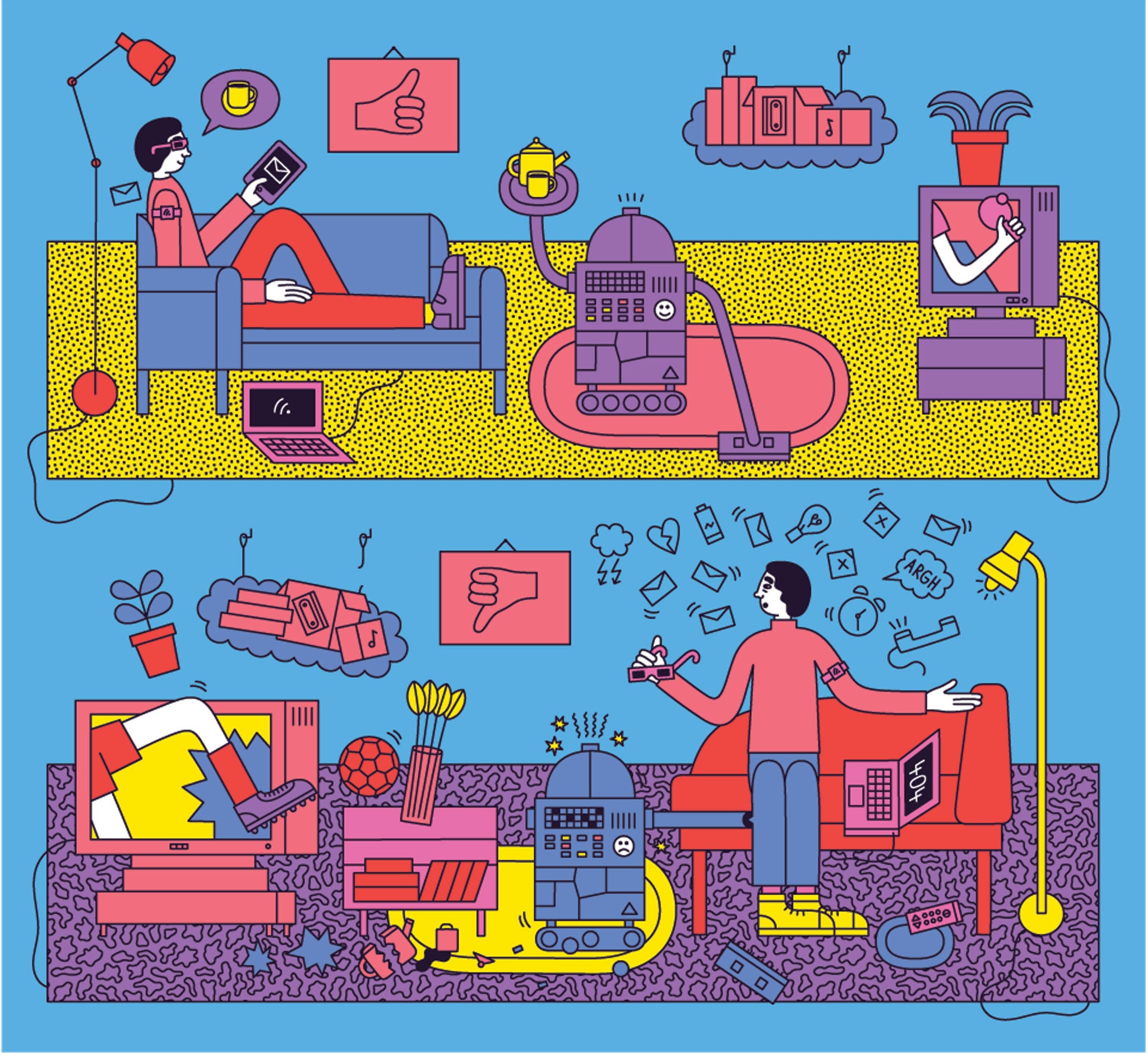
Your support helps us to tell the story
From reproductive rights to climate change to Big Tech, The Independent is on the ground when the story is developing. Whether it's investigating the financials of Elon Musk's pro-Trump PAC or producing our latest documentary, 'The A Word', which shines a light on the American women fighting for reproductive rights, we know how important it is to parse out the facts from the messaging.
At such a critical moment in US history, we need reporters on the ground. Your donation allows us to keep sending journalists to speak to both sides of the story.
The Independent is trusted by Americans across the entire political spectrum. And unlike many other quality news outlets, we choose not to lock Americans out of our reporting and analysis with paywalls. We believe quality journalism should be available to everyone, paid for by those who can afford it.
Your support makes all the difference.The Cloud
'It's a framework for the disruption of structure. A place where we will all learn, live, work and play in the 21st century' (Delphi Group, May 2012)
Technology firms persist in selling us the idea of becoming fully dependent on their huge data centres in the middle of nowhere by using "The Cloud" as a euphemism – and it's been working pretty well. While the nuts and bolts of networking are of little interest to the average punter, the term "cloud connectivity" bestows a degree of magic upon a piece of hardware or software when it often just means "works over wi-fi".
You can develop some resistance to the hype by thinking of The Cloud as merely the internet rebranded, but marketing strategies have become more persuasive over the years. No more tedious upgrade procedures! Seamless transfer of files between devices! Backups you don't need to think about! But the trade-off for having all the cool stuff is that loss of control, surrendering our data to services that may turn out to be erratic, capricious or just plain rubbish.
Voice recognition
'[The launch of Siri] is a groundbreaking event. I'd go so far as to say it is a world-changing event' (Siri co-founder Norman Winarsky, October 2011)
From Microsoft's Cortana to Google Now, from Apple's Siri to Amazon Echo, voice-controlled personal assistants have been marketed as unruffled, accommodating, sympathetic characters that help us in our day-to-day lives without ever complaining. A bit like our mums. But the reality is a bit different. Our mums, for example, don't repeatedly say, "I didn't catch that," and then bring you a toad when you asked for some toast.
Two years after the release of Siri, one study showed that 85 per cent of Apple device owners never used it, and there are evidently sociological barriers that make us feel uneasy about barking instructions at a gadget – not least because we don't believe it'll work. But voice recognition is always improving, and frankly the level it has already reached is a triumph of technological achievement. One day, we'll probably love it.
Domestic robots
'Could 2015 be the year of domestic robots?' ('Daily Mail', December 2014)
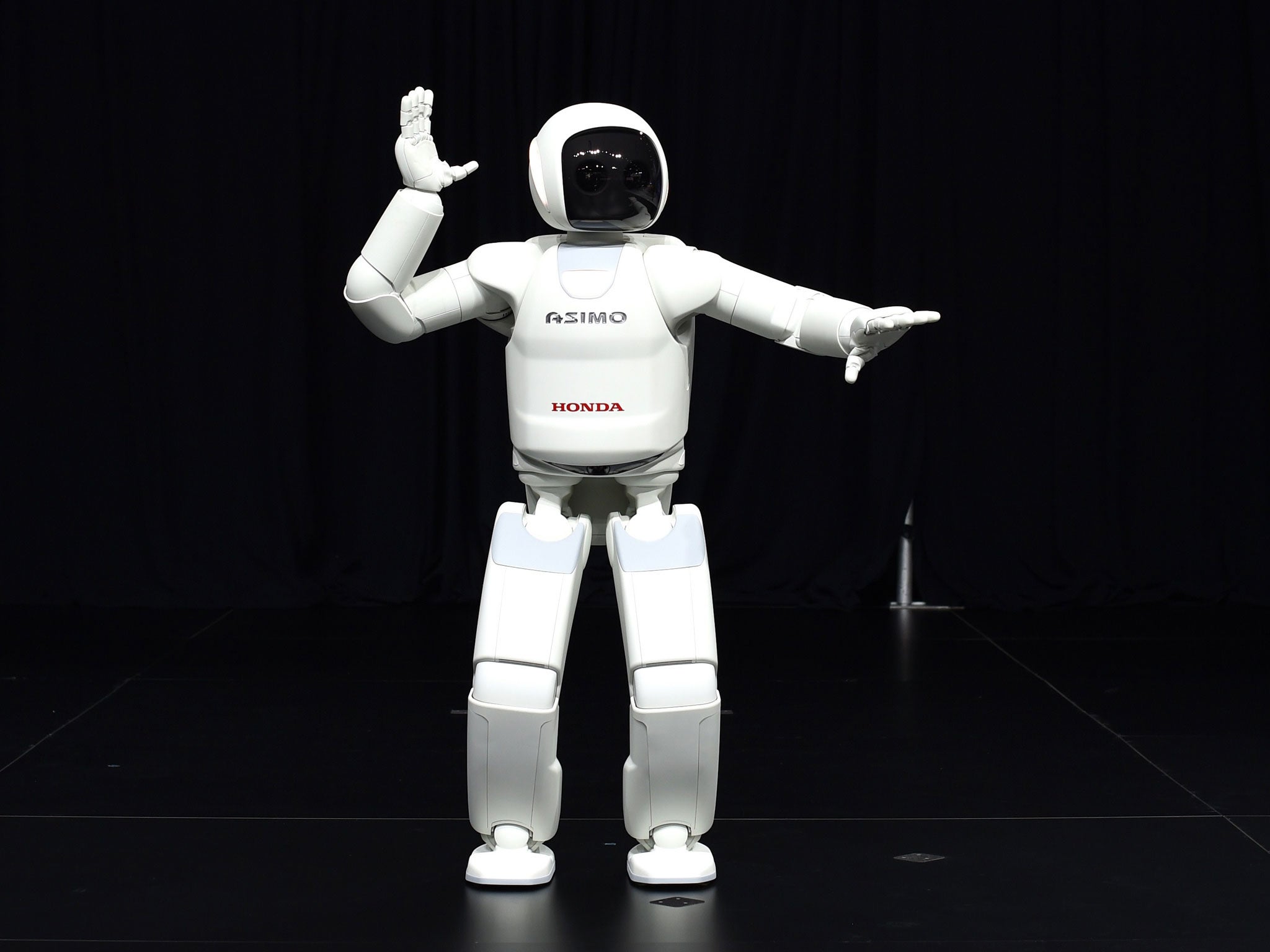
Every year we brace ourselves for the arrival of our mop-wielding robot overlords, and every year ends with disappointment. Since ML Campbell wrote a short story entitled "The Automatic Maid-of-All-Work" in 1893, we have dreamt of technology that relieves the drudgery of housework, but it might now be time to face up to the fact that said drudgery will never be done by a human-shaped robot.
Scientists won't give up on the dream, however; Honda's Asimo and PAL Robotics' Reem-C are just two examples of robots adhering to the sci-fi dream. It's worth noting the predictions of Google's director of engineering, Ray Kurzweil; he outlines a vision of the future where our bodies are enhanced by technology: man morphs into machine, not the other way around.
4K televisions
'[4K] will change the way you watch television' (Panasonic, 2015)
'[4K] will change the way you watch television' (LG, 2015)
'[4K] will change the way you watch television' (Seiki, 2015)
The human eye can't perceive the difference in quality between a 2K television (1,920 pixels across) and a 4K, Ultra HD television (3,840 pixels across) unless the screen is preposterously huge, which might explain why many new televisions are preposterously huge. Companies are trying to persuade us that we can appreciate the specifications of new products, from Neil Young's "high-resolution" Pono audio player to these gigantic 4K screens; yes, they look and sound amazing – but are they that much better than the things we were being sold two years ago?
Wearable technology
'We are on the verge of the wearable technology revolution' (Carrie Yury, BeyondCurious, September 2013)
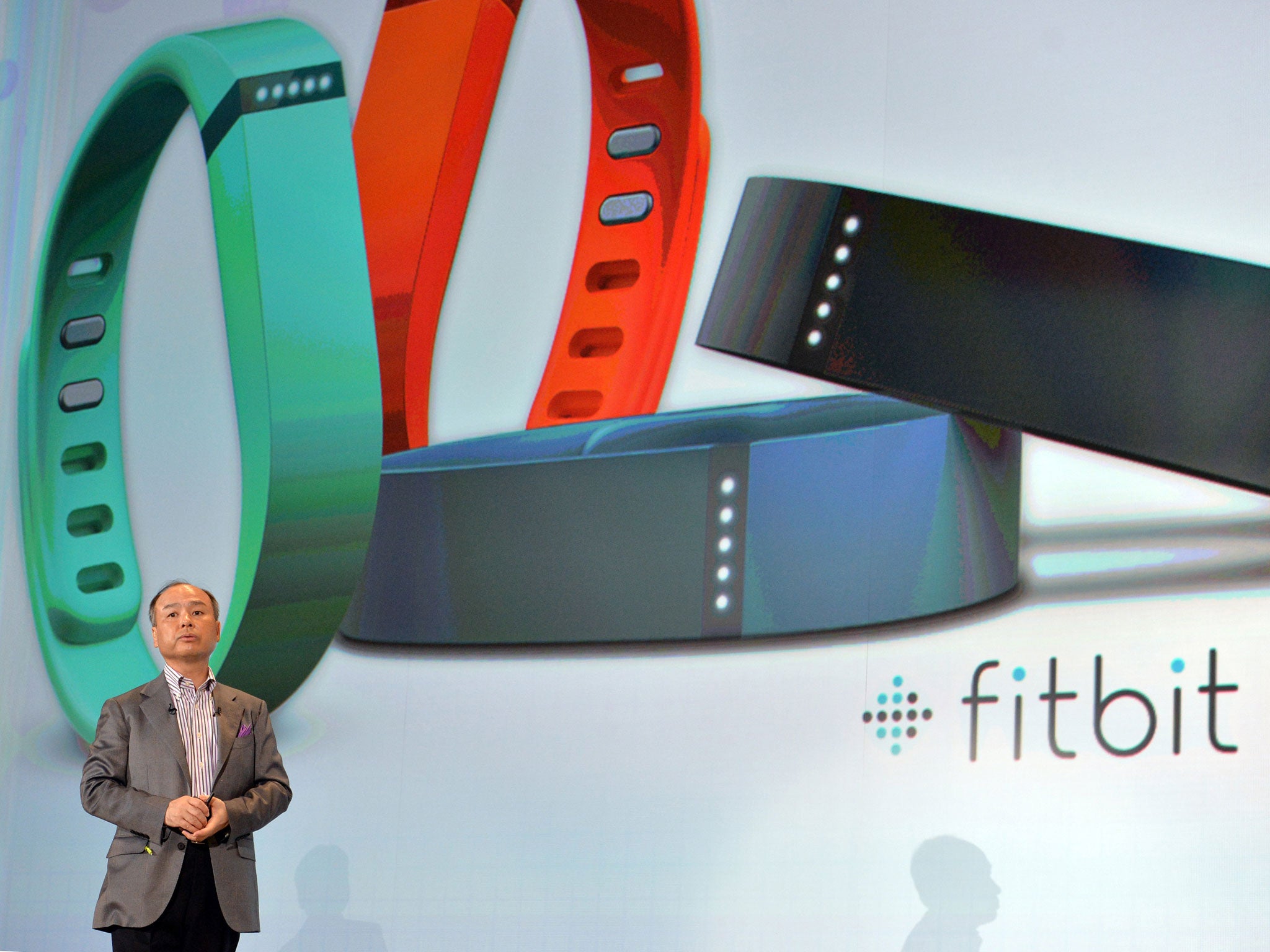
Ever since the launch of the first Fitbit fitness tracker in 2009, wearable technology has been touted as the next big thing. Sitting uncomfortably in the middle of a Venn diagram that incorporates health, fashion, technology and fitness, wearables are supposed to help us live more fulfilling lives by monitoring our bodies while simultaneously helping us to look absolutely fabulous.
But our interest in wearables has been consistently lower than expected. The research firm Argus Insights noted a slump in interest for fitness bands in 2015, and while analysts disagree over whether the Apple Watch has been a success, one report from this year's Consumer Electronics Show in Las Vegas noted that wearables on the whole tended to be "clunky… [the] basic functionality of most attempts remains unchanged". And while wearables will probably bring health benefits to us at some point, an associate professor at Harvard Medical School, Dr Joseph Kvedar, recently told a conference: "I can tell you right now, doctors do not care about your Fitbit data."
The Internet of Things
'The Internet of Things brings the human race together as a single extended human family for the first time in history' (Economic and social theorist Jeremy Rifkin, January 2015)
The definition of the Internet of Things (IoT) is simple: more devices are connected to the internet than the number of people using it. This happened at some point around 2009, and here we are. We're in it. What IoT seems to have become, however, is a way of persuading us that everything we own should be part of this exciting new product category, from garage doors to trousers, all either pumping out or sucking up data. It's become The Cloud's more irritating second cousin, repeatedly nagging us into buying stuff whose marginal benefits are often questionable.
These are early days, of course, and ultimately IoT will quietly upturn many aspects of our lives. But as we embark on that journey, it's good to see that we aren't blind to pointlessness. The repeated commercial failure of the internet fridge is a good illustration of our doubts; from LG's Digital Multimedia Side-By-Side Fridge Freezer (2006) to Samsung's Android smart-fridge (2013), we've remained stubbornly resistant to futuristic food-storage solutions
Augmented reality
'AR will change not only the way you use your phone, but also the way you see and interact with the world' (Technology forecaster Daniel Burrus, November 2013)
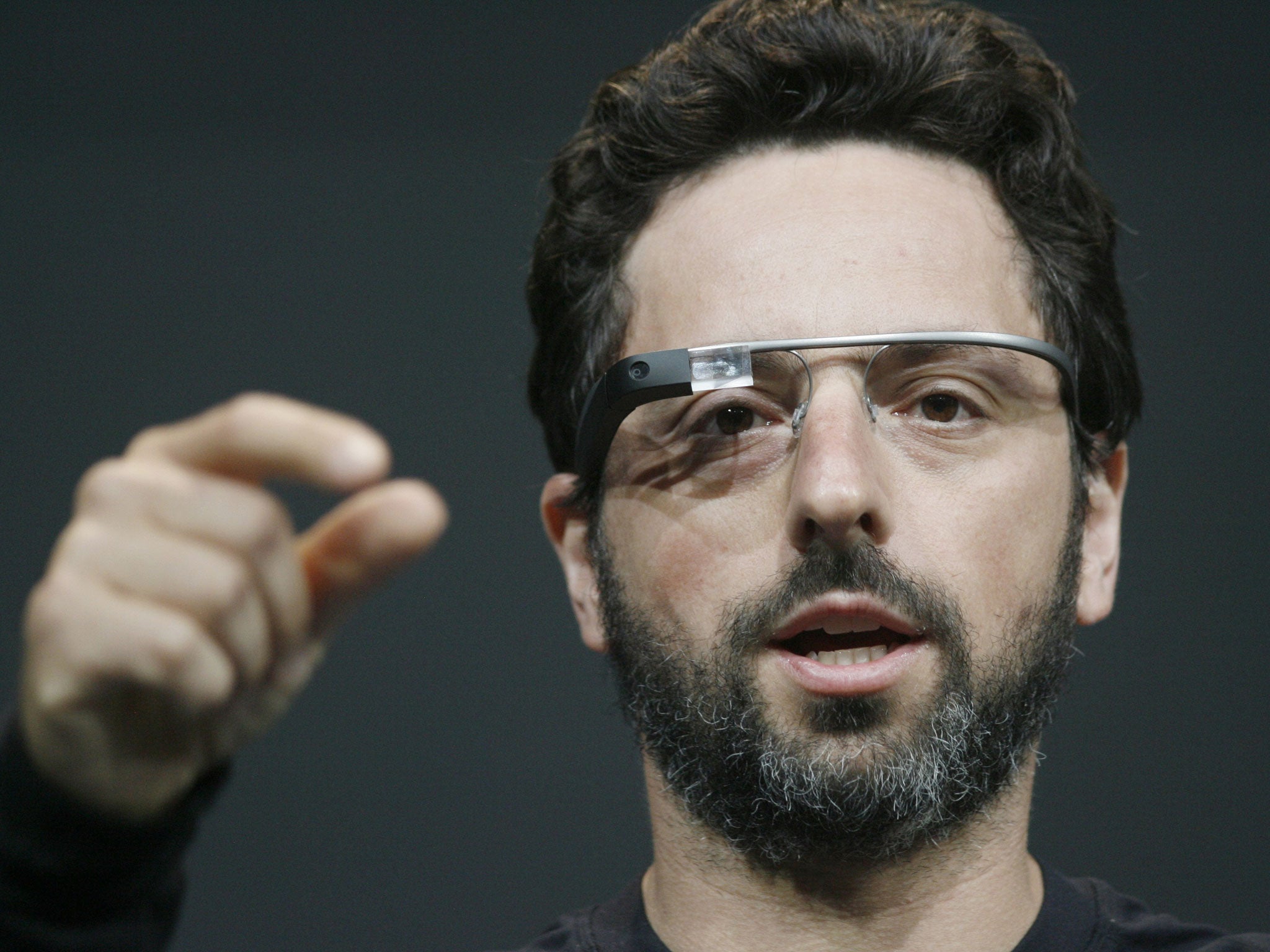
Augmented reality – the addition of computer-generated elements to a real-world view – has seen rapid developments in the fields of medicine, the military and sports broadcasting. But the consumer product most closely associated with AR, Google Glass, proved difficult to love.
The backlash over these high-tech specs, which labelled wearers as "glassholes", centred around concerns over privacy – but there was a definite undercurrent of "Why on Earth would you want to wear them in the first place?" While manufacture of the prototype has been discontinued, Google remains committed to its development. Who knows, it may still have its day…
3D TV broadcasts
'[3D] is going to become a must-have, a must-want' (Brian Lenz, head of product design at BSkyB, January 2010)
The human race's weary indifference to 3D entertainment in the face of repeated assurances of its magnificence surely qualifies for some kind of endurance award. Yes, we briefly go "oooh" whenever a new 3D technology emerges, but that excitement never seems to sustain; back in 2010, around the time of Sky's first 3D football broadcast, we were told that this was the "entertainment revolution of our time… as important as the introduction of sound or colour". But it wasn't.
The BBC put its 3D coverage on indefinite hold in 2013, while Sky closed its dedicated 3D channel in June this year. Many of the TV sets we now buy are 3D-capable, but with broadcasters unwilling to make the programmes, and viewers ambivalent about watching them, those poor 3D processors will remain woefully underused.
3D printing
'Very soon, people will be able to send each other printable 3D files and print small accessories at home' (Janne Kyttanen, co-founder of 3D printing company Freedom of Creation, July 2013)
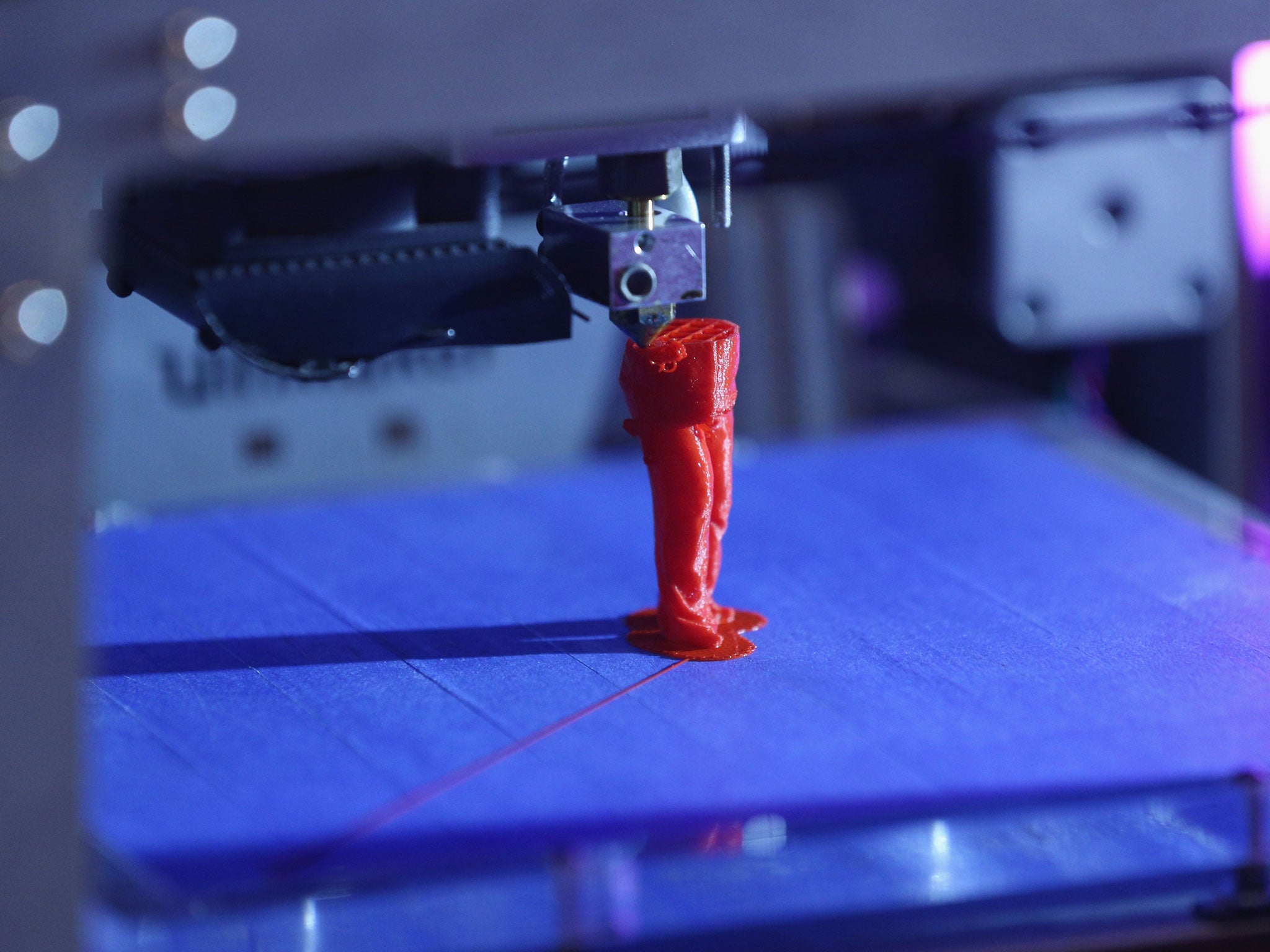
The overselling of 3D printers has been described by one website as "cringe-inducing". So before you decide to snap up an £895 Flashforge Creator for your aunt for Christmas, it might be worth pondering the number of consumer 3D printers that are already gathering dust; early adopters haven't really known what to do with them beyond performing an excruciating two-hour party trick of printing a model of a horse.
Businesses will see the benefits of 3D printing long before we will, as they start to bypass traditional manufacturing routes to create bespoke gizmos and spare parts. The possibilities are amazing, but we may need to be patient.
QR codes
'QR codes will revolutionise data and save lives' (Orit Pennington of TPGTEX, a Texan labelling firm, October 2011)
The persistence of these black-and-white chequered blocks on products and advertisements continues to be a mystery. QR stands for "Quick Response", a phrase which fails to describe the act of getting out one's phone, launching an app, taking a picture of the QR code and waiting to see what happens (as opposed to just remembering a short URL, phrase or a hashtag). Although Snapchat's own version, Snaptags, is becoming successful, that's within the context of an app where users already have their cameras ready for action.
The five most overhyped technology products ever
Microsoft Zune (2006)
The Zune MP3 player came late to a market that Apple had already sewn up with the iPod. If the Zune had had any bells and whistles worth shouting about, the public might have taken some notice – but it was just another music player in a shiny box. "Music the way it wants to be" was the slogan, but music wanted nothing of the sort.
Flooz (1999)
The dotcom boom was a time when almost any idea could attract millions of dollars of venture capital. Even Flooz: the currency you use on the internet! It burnt through substantial sums over two years; despite a TV campaign fronted by Whoopi Goldberg, the company failed to persuade customers to use it or retailers to accept it.
Google Wave (2009)
Google's foray into social networking had people squealing with excitement when it launched, with invitations changing hands for $70 on eBay. But on joining, most people could not work out what to do with it. Today, the idea of a combined "conversation and document" is doing well for a new service called Slack, but Wave was way ahead of its time.
Municipal wi-fi (2003)
About 10 years ago, firms were falling over themselves to promise blanket wi-fi coverage across major towns and cities. When they came to do it, coverage was patchy and consumers weren't that interested anyway. Huge sums were squandered on solving a problem that barely existed, and 4G has now made the idea redundant in any case.
Segway (2001)
Bold predictions were made that this two-wheeled vehicle with handlebars would be "bigger than the PC". But its hefty price tag ($5,000) and incompatibility with various traffic laws (too fast for the pavement, too dangerous for roads) made it a lot smaller than the PC. Today, self-balancing two-wheeled boards (controversially referred to as hoverboards) are deemed cool. The Segway never was.
Join our commenting forum
Join thought-provoking conversations, follow other Independent readers and see their replies
Comments